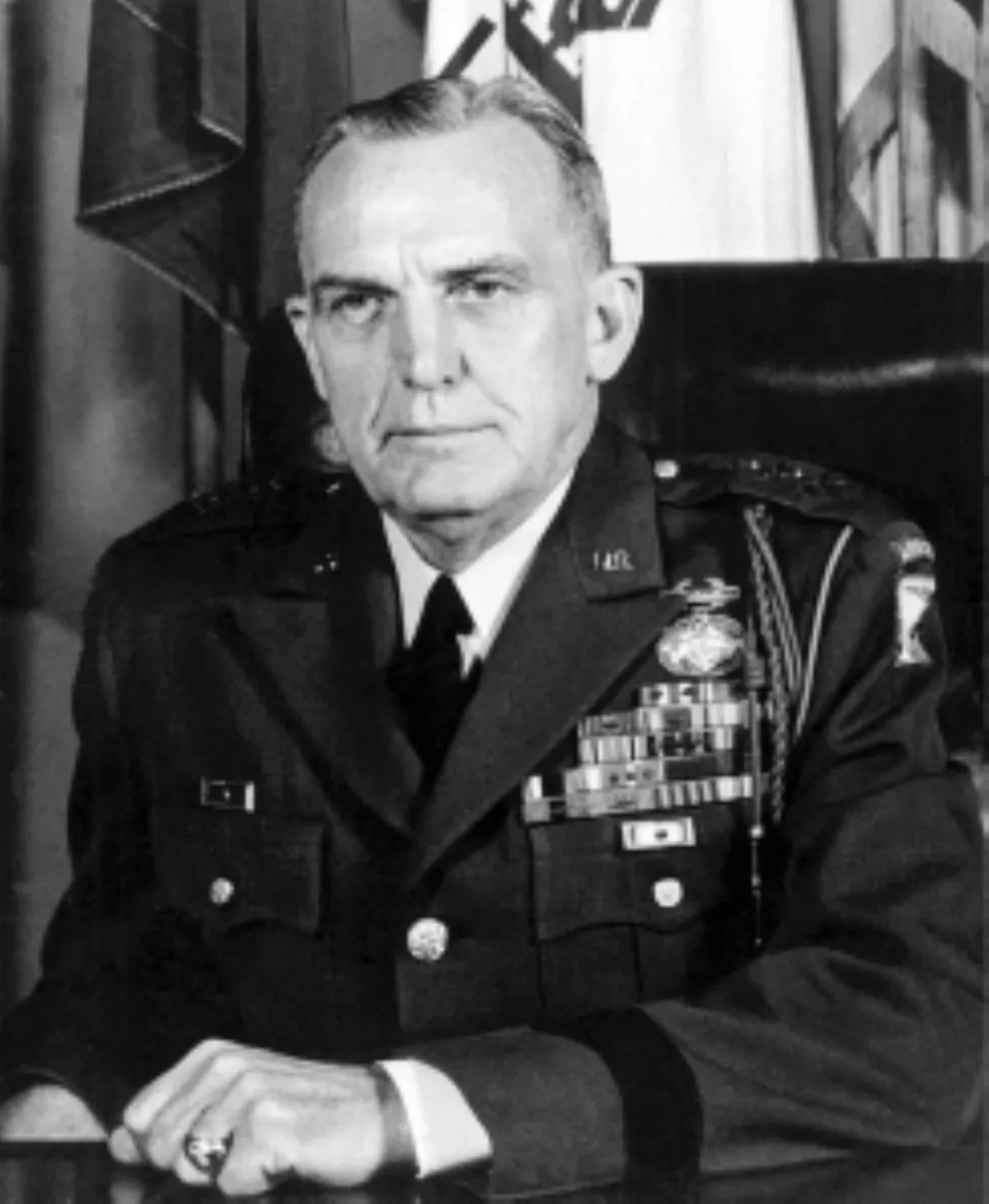 1.
1. Robert Frederick Sink was a senior United States Army officer who fought during World War II and the Korean War, though he was most famous for his command of the 506th Parachute Infantry Regiment, part of the 101st Airborne Division, throughout most of World War II, in France, the Netherlands, and Belgium.